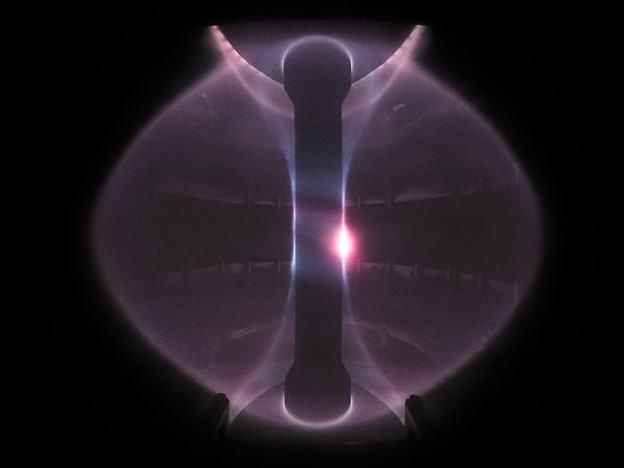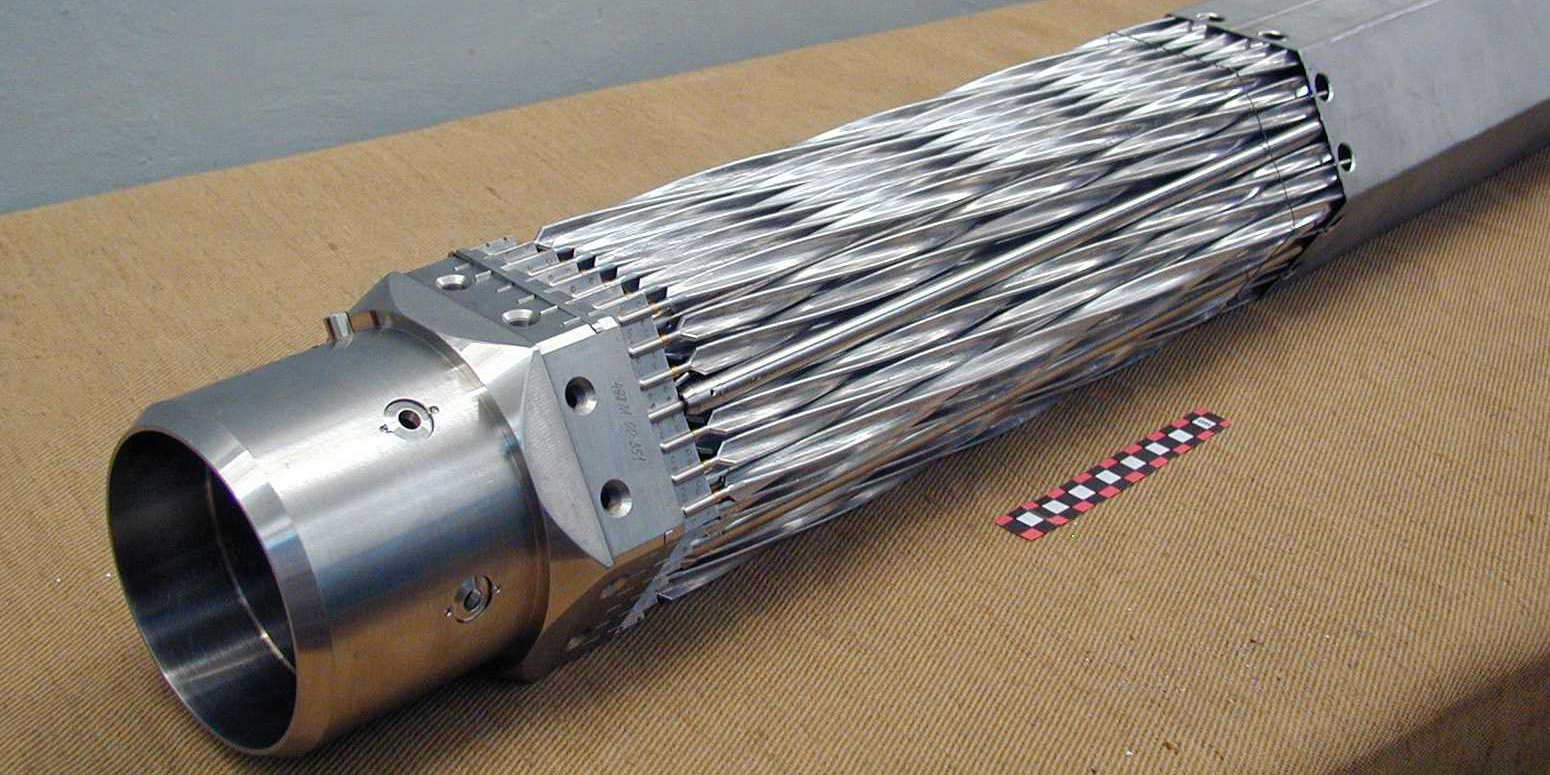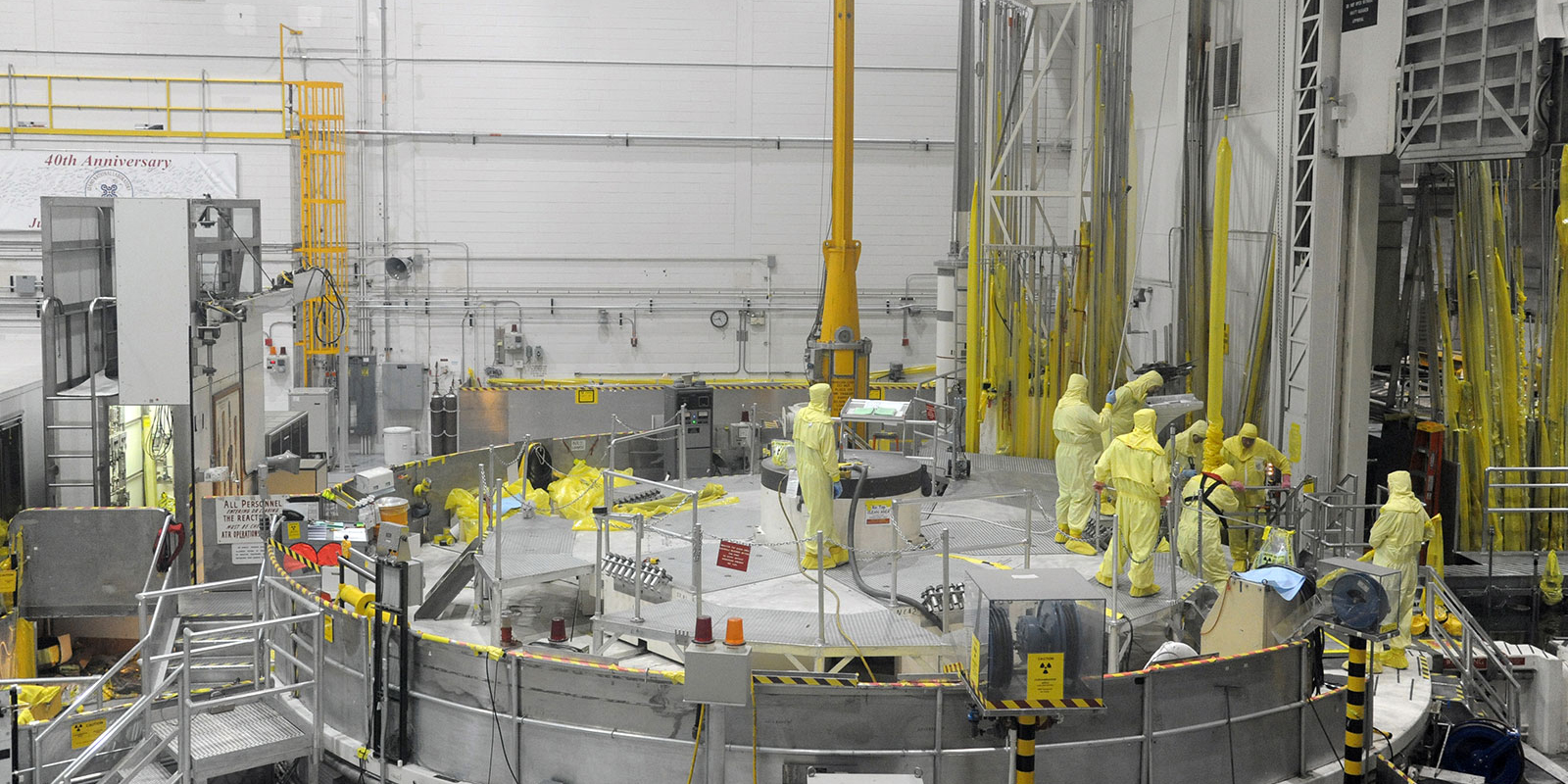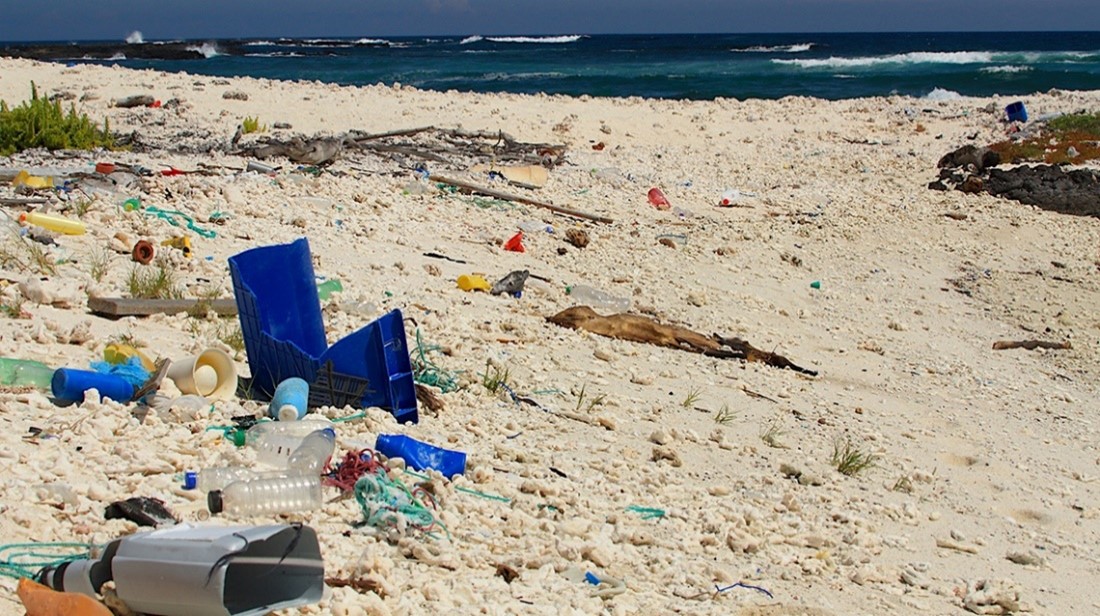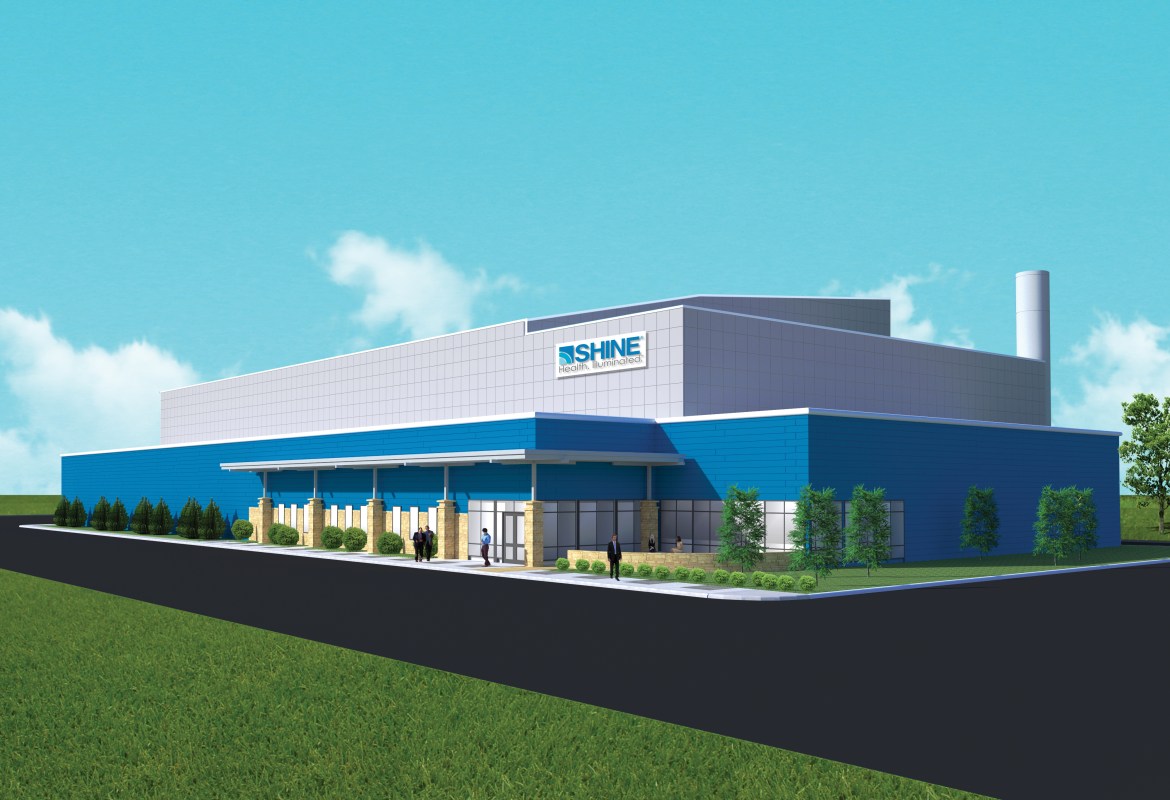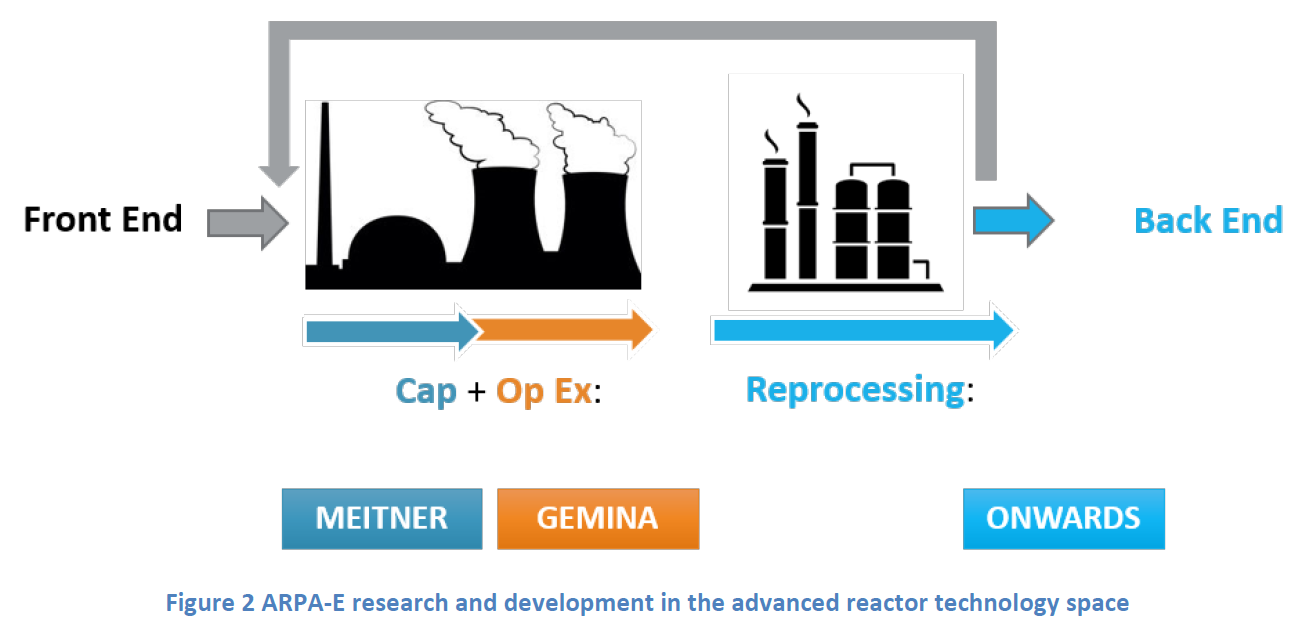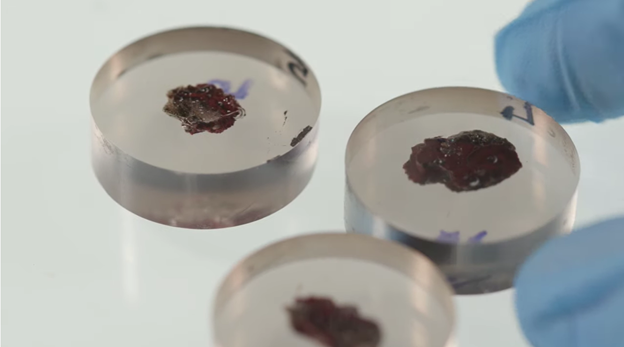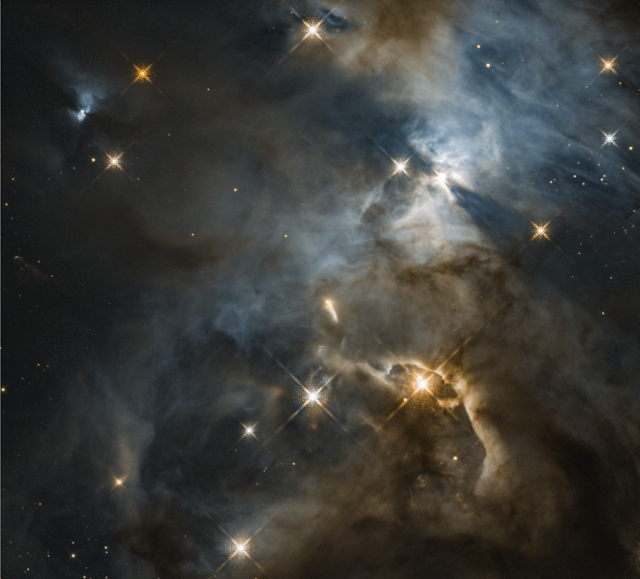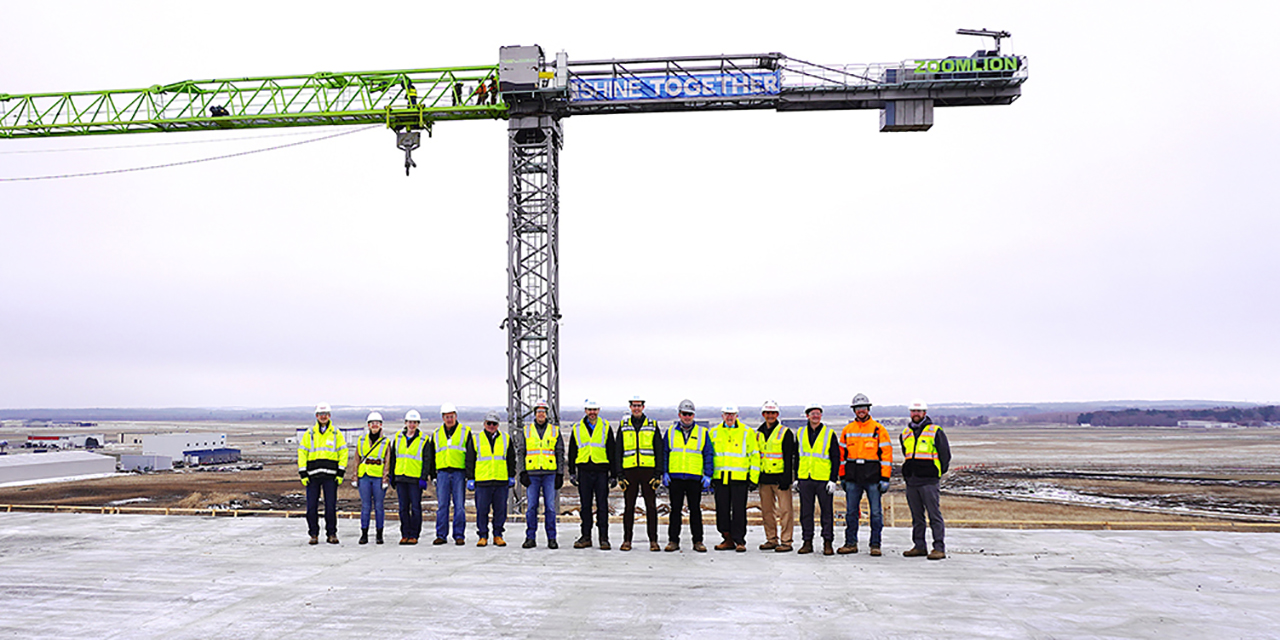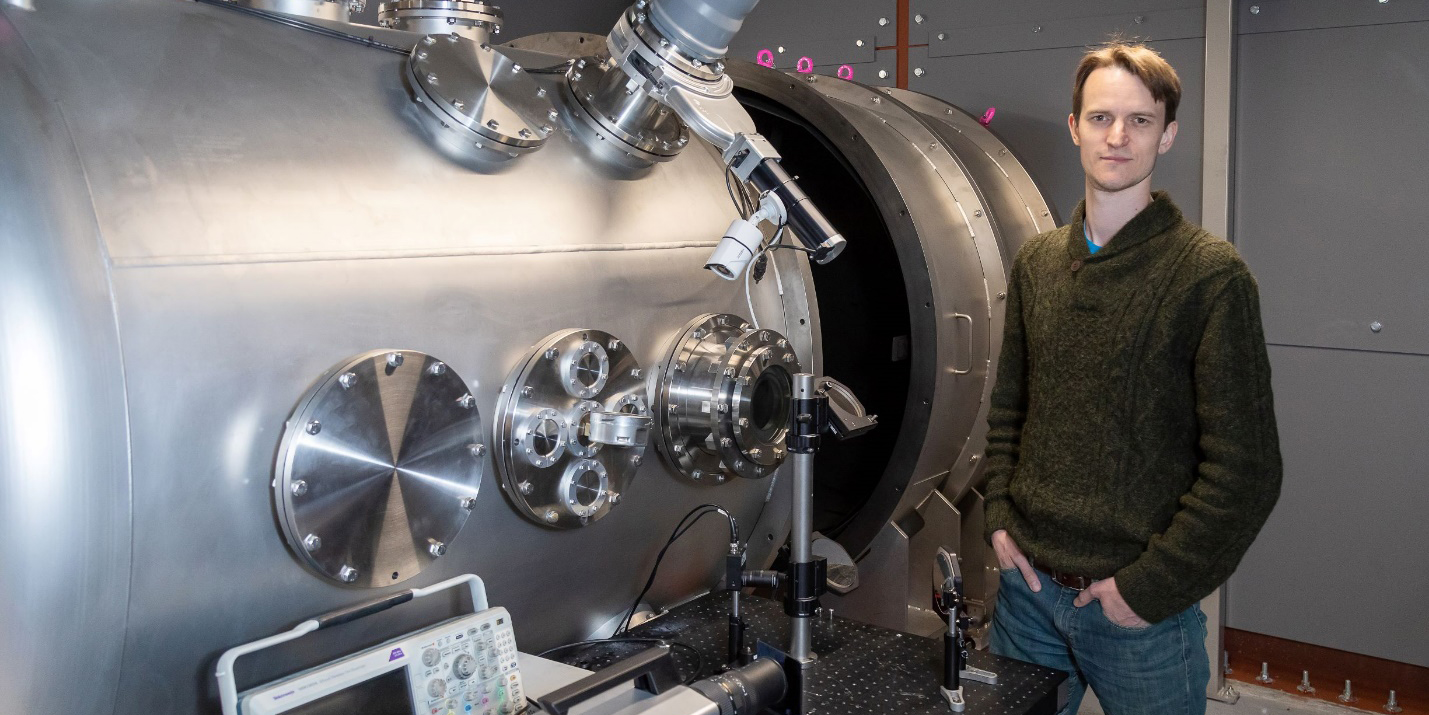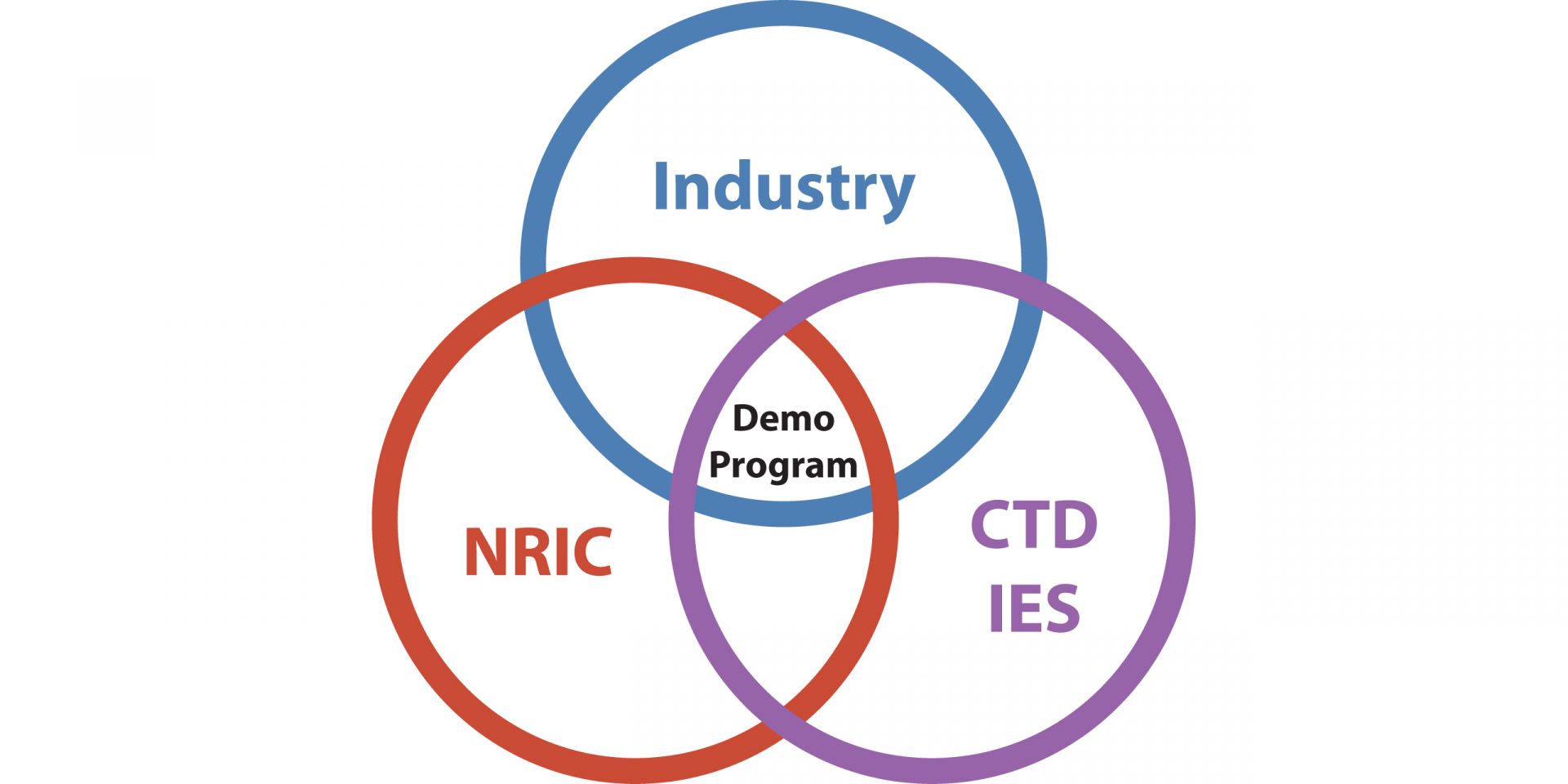NRC reports nine abnormal occurrences in FY 2020
The Nuclear Regulatory Commission has sent to Congress its annual report on abnormal occurrences involving the medical and industrial uses of radioactive material. An abnormal occurrence is defined by law as an unscheduled incident or event that the NRC determines to be significant from the standpoint of public health or safety. The NRC sets specific criteria, most recently updated in October 2017, for determining which events qualify.


